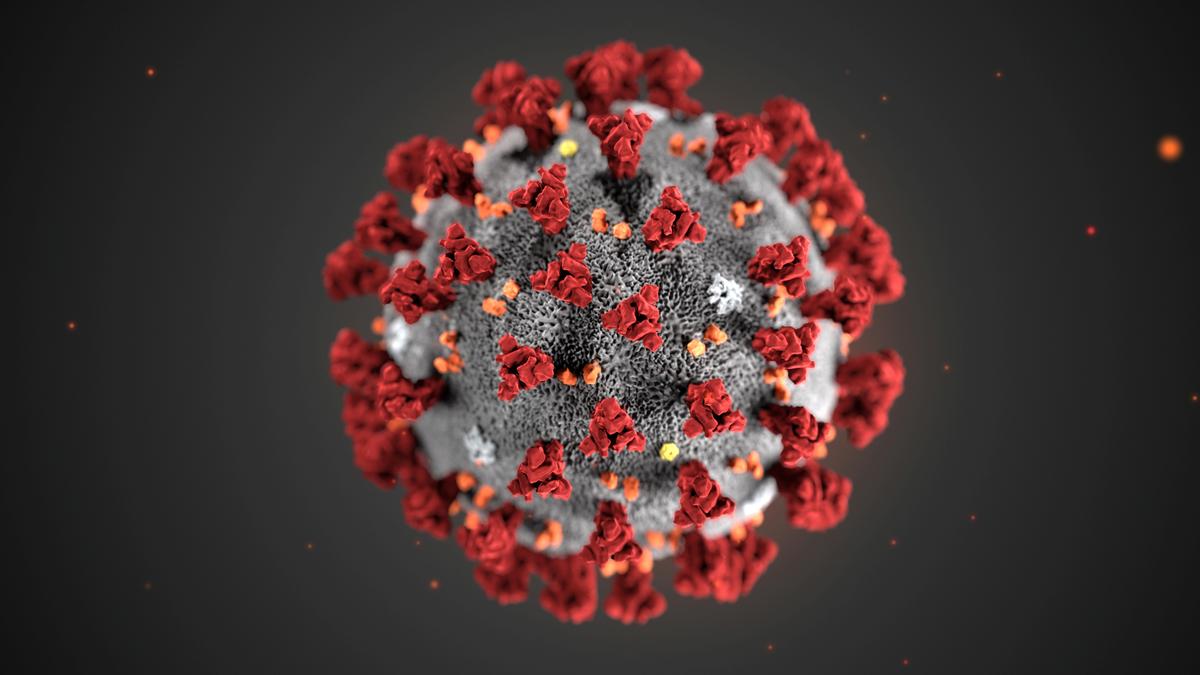Editor's note: As the novel coronavirus (2019-nCoV) has infected more than 20,600 people in 24 countries and territories worldwide, killing 427 as of Tuesday, a Vietnamese medical doctor writes for Tuoi Tre News about what we have and have not learned about the new virus.
Dr. Pham Minh Huy works in the intensive care unit of Ho Chi Minh City-based Cho Ray Hospital, where the first two confirmed cases of 2019-nCoV infection in Vietnam were quarantined for treatment.
One of the two Chinese patients, 28-year-old Li Zichao, has fully recovered and was discharged on Tuesday morning.
The following article has been edited by Tuoi Tre News for clarity, consistency, and coherence. It has been medically reviewed by the doctor after the editing.
What is 2019-nCoV?
The 2019 novel coronavirus (2019-nCoV) is a new virus that causes respiratory illness in people and can spread from person to person. This virus was first identified during an investigation into an outbreak in Wuhan, China.
Coronaviruses are named for their crown-like spikes (corona means ‘crown’ in Latin) on their surface.
They belong to the family coronaviridae and are enveloped, positive-sense, single-stranded RNA viruses. They are round and sometimes pleiomorphic with a diameter of 80-120nm.
Seven coronavirus species are known to cause human disease. Four of them — 229E, OC43, NL63, and HKU1 — are prevalent and typically cause common cold symptoms in immunocompetent (i.e. having a normal immune response) individuals.
The three other strains are zoonotic (i.e. able to spread from animals to humans) in origin and have been linked to sometimes fatal illness: SARS-CoV was the causal agent of the severe acute respiratory syndrome outbreaks in Guangdong Province, China in 2002 and 2003; MERS-CoV was the pathogen responsible for severe respiratory disease outbreaks in the Middle East in 2012, and the 2019 novel CoV.
As reported in the New England Journal of Medicine, researchers have identified and characterized the 2019-nCoV. The viral genome has been sequenced, and these results in conjunction with other reports show that it is 75-80 percent identical to the SARS-CoV and even more closely related to several bat coronaviruses.
So it is likely that the 2019-nCoV will behave more like SARS-CoV and further adapt to the human host.
How does 2019-nCoV spread?
This virus probably originally emerged from an animal source but now seems to be spreading from person to person.
At this time, it’s unclear how easily or sustainably this virus is spreading between people. Person-to-person spread is thought to occur mainly via respiratory droplets produced when an infected person coughs or sneezes, similar to how influenza and other respiratory pathogens spread.
These droplets can land in the mouths or noses of people who are nearby or possibly be inhaled into the lungs. It’s currently unclear if a person can get 2019-nCoV by touching a surface or object that has the virus on it and then touching their own mouth, nose, or possibly their eyes.
Typically, with most respiratory viruses, people are thought to be most contagious when they are most symptomatic (the sickest). With 2019-nCoV, however, there have been reports of spread from an infected patient with no symptoms to a close contact.
|
|
What are the symptoms of a 2019-nCoV infected person?
For confirmed 2019-nCoV infections, reported illnesses have ranged from people with little to no symptoms to people being severely ill and dying.
Symptoms can include fever associated with flu-like signs such as coughing and headache, upper or/and lower respiratory tract symptoms associated with shortness of breath and breathing difficulties, diarrhea, and general body weakness and fatigue.
In severe cases, individuals elicit symptoms of pneumonia with abnormal chest CT, hemoptysis, lymphopenia, associated with complications of severe acute respiratory distress syndrome, acute cardiac injury, kidney failure and, eventually, death.
How long does it take for these symptoms to surface?
Between one and 14 days after exposure (most cases remain asymptomatic during this period).
How do I protect myself from 2019-nCoV?
There is currently no vaccine to prevent 2019-nCoV infection. The best way to prevent infection is to avoid being exposed to this virus.
There are simple everyday preventive actions to help prevent the spread of respiratory viruses, including washing your hands regularly with soap and water for at least 20 seconds or use an alcohol-based hand sanitizer that contains at least 60 percent alcohol if soap and water are not available.
You should also avoid touching your eyes, nose, and mouth with unwashed hands, close contact with people who are sick, consuming raw or undercooked animal products, and contact with live wild or farm animals.
Covering your cough or sneeze with a tissue then throwing the tissue in the trash, and cleaning and disinfecting frequently touched objects and surfaces can also help.
Does wearing a medical mask help?
A medical mask is not required, as no evidence is available on its usefulness to protect non-sick persons.
However, masks might be worn in some countries according to local cultural habits.
If masks are used, best practices should be followed on how to wear, remove, and dispose of them and on hand hygiene action after removal.
How is 2019-nCoV diagnosed?
Infection can be clinically diagnosed by observing the patient’s symptoms, including fever, headache, fatigue, sneezing, and coughing.
If the patient meets the case definition of the suspected 2019-nCoV, they should be screened for the virus with PCR (polymerase chain reaction).
Is treatment available?
There is no specific antiviral treatment recommended for 2019-nCoV infection.
People infected with 2019-nCoV should receive supportive care to help relieve symptoms.
For severe cases, treatment should include care to support vital organ functions.
References:
CDC About 2019 Novel Coronavirus (2019-nCoV): https://www.cdc.gov/coronavirus/2019-ncov/about/index.html
WHO Novel coronavirus (2019-nCoV): https://www.who.int/emergencies/diseases/novel-coronavirus-2019
The Novel Coronavirus, 2019-nCoV: An Overview: https://thebiologynotes.com/
Zhu N., Zhang D., Wang W., et al. (2020), "A Novel Coronavirus from Patients with Pneumonia in China, 2019", N Engl J Med
Perlman S. (2020), "Another Decade, Another Coronavirus", N Engl J Med





















































